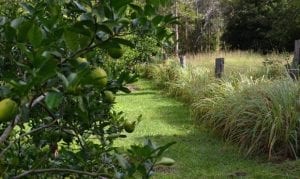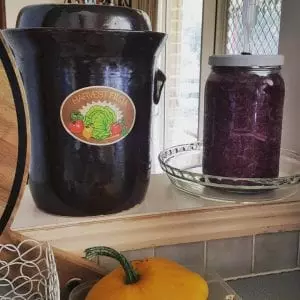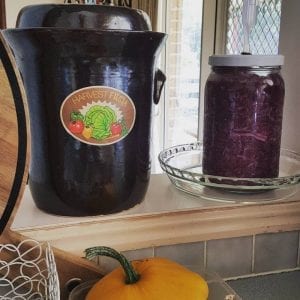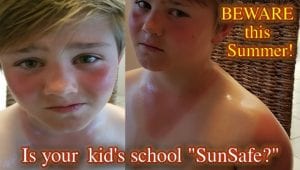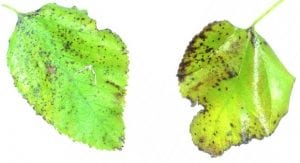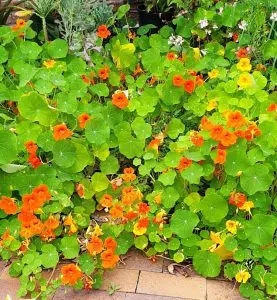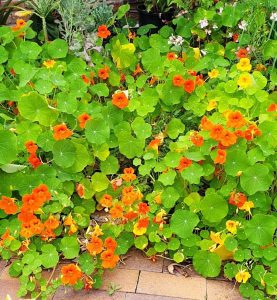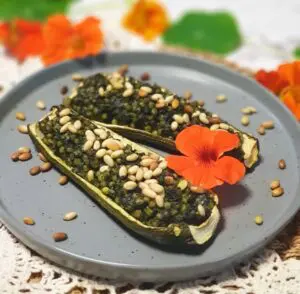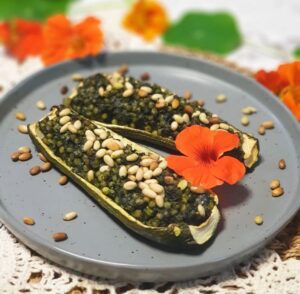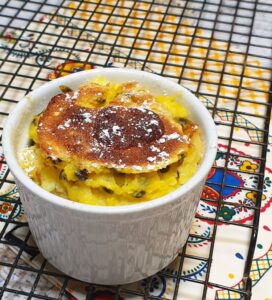Popular mite and lice treatments I wouldn’t use on my chickens
Carbaryl (Sevin)
Carbaryl or commonly called Sevin is used to control mites and lice on chickens but it is a popular insecticide with many other uses including pest control on food crops.
There are some pretty strong reasons why I wouldn’t use Carbaryl or Sevin on chickens/poultry. Firstly, Carbaryl is known to be toxic to humans so it’s obviously a strong chemical which needs to be handled with caution; and secondly, Carbaryl is banned in many countries around the world so there must be reasons for nations to take this action.
One of the reasons Carbaryl is banned in many countries is due to it being a known carcinogen (can trigger cancer in humans) therefore this alone is enough to convince me to stay away from this chemical because if it is so toxic to humans, then why anyone would put it near their chickens is beyond me.
Diatomaceous Earth
The use of Diatomaceous Earth (DE) to control mites, lice, and all external (and even internal) parasites on chickens and other poultry, in my opinion, has been the biggest scam this century in regards to keeping poultry. I would go even further and say the popularity of DE amongst some naturalists and organic preachers is a classic case of people whipping up a storm about a product and believing their own BS simply because they have a burning desire to believe they’ve found a silver bullet to control parasites in chickens that is completely natural.
Diatomaceous Earth is a naturally occurring substance formed from the fossilised remains of tiny dead aquatic creatures or plants (like algae) to produce a fine sandy sediment rock that can be crushed into a powder.
Under a microscope, DE particles are sharp like glass shards and apparently it’s this characteristic mixed with its moisture absorbing qualities, which kills soft-bodied parasites through abrasion and dehydration. So the theory is you add DE to chicken feed, sprinkle it around nesting boxes and areas where the birds dust bath and it will control parasites both inside and out!
Too good to be true? Yep, it most certainly is… And, the reason I’m confident about DE for parasite control on poultry being a con is that there are no clinically recognised reputable studies proving Diatomaceous Earth actually works. In fact, there have been some small studies in cattle to see if DE could control internal parasites and it found it didn’t.
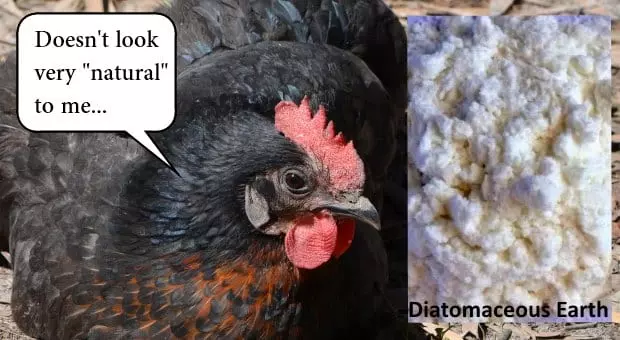
The worrying part about DE is how it is marketed as a completely harmless and organic product when it could actually be very harmful to the health of humans and chickens. It’s hard to prove either way because DE is basically fine sand and therefore is not classed as a medication, or restricted substance it escapes regulatory scrutiny.
In other words, not even the government knows much about Diatomaceous Earth apart from it being sand so there are no restrictions on who can sell it or how it is marketed for use. So without any real research or control, people are using an untested product which could potentially be dangerous.
Why could Diatomaceous Earth be dangerous? In its powdered form, DE can become airborne and thus inhaled by humans or poultry. To date, there is no evidence or studies (that I am aware of) showing DE to be harmful if inhaled into the lungs; however, most manufacturers packaging of DE recommends the wearing of a respirator when using DE. So, if DE is indeed harmless then what’s with the warning?
Chickens, unfortunately, can’t wear a respirator (not that I know of) so I worry what DE may do if inhaled by my birds? Yes, hens do dust bath in the dirt or even sand but no one really knows if dust bathing in DE is worse or not…
Anecdotal evidence by broad-minded people who have tried DE to control external parasites on their own chickens shows convincingly that it doesn’t work as claimed. Many good veterinarians don’t recommend using DE and I have firsthand information from vets, breeders, and poultry suppliers who all believe DE at best is not a very good product to use for controlling parasites in poultry.
At the end of the day, there are two main issues that bother me about using Diatomaceous Earth: it doesn’t really work or it hasn’t been proven to and it could be dangerous – we just don’t know. Furthermore, DE has become rather expensive to buy maybe because it’s so “trendy” at the moment but I wouldn’t waste good money on a product claiming to be a miracle cure without the evidence to back it up.
Conclusion
As you can clearly see, I have a bias towards the use of Ivermectin based products for on the bird and Maldison 50 or products from the pyrethrins family for coops or roosts etc. Used in conjunction with natural remedies and practices I’ve found these to be the most effective and safest treatment of mites and lice on chickens or other poultry.
I consider myself an environmentally responsible and “green-leaning” person but I haven’t let my judgement be corrupted by a longing for the perfect safe environmentally friendly organic substance that doesn’t exist to treat my hens. Instead, I researched and tested mite and lice treatments for poultry over many years to come to this conclusion and write this rather long article.
Yes, we would all love a totally safe, organic, and sustainable substance to use as treatment for mites and lice on our loved poultry but until something else is developed that ticks those boxes with the research to back it up I will be using those products as detailed: mainly Ivermectin, Maldison 50, and a mixture of natural remedies plus a common sense approach to good poultry keeping practices.
The aim of this article wasn’t to attack people who use those other methods nor was it to convince everyone to do what I do but moreover to help give people some clarity and information on ways and products to treat chickens or other poultry for external parasites like mites and lice. I also wanted to explain some background information behind certain treatments, which is otherwise difficult to find. There’s a lot of confusion out there especially on the internet about the best ways to treat poultry so I hope this can clear it up for some.
We owe it to our birds to ensure they are provided with the best living conditions possible and I don’t believe we should jeopardise their health simply on principle by insisting on being totally organic.
Sure, only treat your birds when necessary – that’s fine, and yes use organic measures to help protect your flock but no one should let birds suffer from external parasites like mites and lice (particularly mites) just so they can claim no chemicals because to do so is morally wrong in my humble opinion.
Do you have an opinion or your own tips on combating external parasites in regards to chickens? Then, feel free to make a comment or ask a question below. Also, don't forget our forum www.selfsufficientculture.com as you're most welcome to join our online community!
Look, and see the Earth through her eyes…
P.S Extra post notes:
Christopher gave a great tip in the comments section below about using a steamer to clean the chicken coop. What a top idea and totally organic solution to killing any mites or nasties hiding in the cracks and crevices such as nesting boxes etc. Obviously, you don't do the steam treatment on the hens but for equipment, housing, and bedding areas hot steam is an excellent solution.




